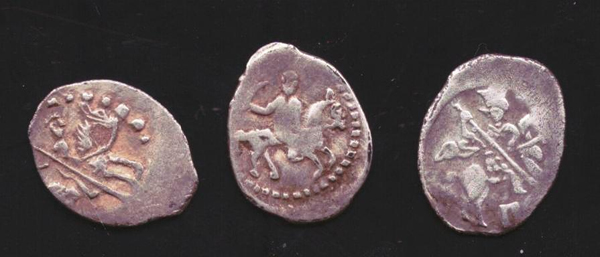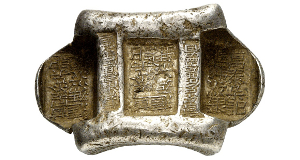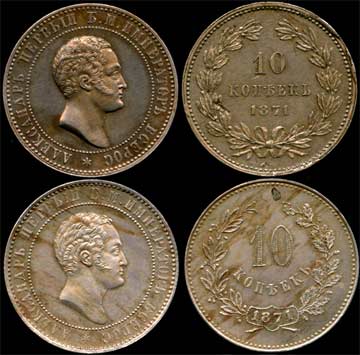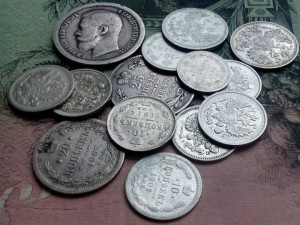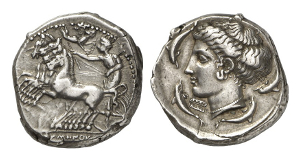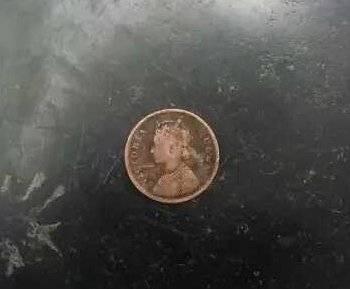Monthly Archives: December 2018
What is now in price on the numismatic market
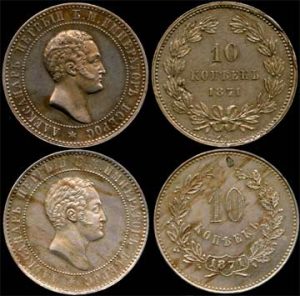 The dollar is falling, and the ruble is growing stronger. Especially – old. Antique coins are sold at auctions for “big money”. So, at the Gelos auction before the new year, for five gold rubles of Alexander III, coinage in 1888 was paid 150 thousand, and for a silver dime of 1741 of unique preservation – 90 thousand rubles. A set of two trial kopecks in 1871 of a copper-nickel alloy with a portrait of Alexander I was bought for 120 thousand rubles.
The dollar is falling, and the ruble is growing stronger. Especially – old. Antique coins are sold at auctions for “big money”. So, at the Gelos auction before the new year, for five gold rubles of Alexander III, coinage in 1888 was paid 150 thousand, and for a silver dime of 1741 of unique preservation – 90 thousand rubles. A set of two trial kopecks in 1871 of a copper-nickel alloy with a portrait of Alexander I was bought for 120 thousand rubles.
However, this is not the limit. Record is 120 thousand, but already dollars. For so much bought a trial silver ruble in 1806 at the auction of the antique salon “Catherine” in April last year. This is really a big rarity. Even Grand Duke George Mikhailovich, who possessed the largest collection of coins in Russia, had only one copy of it in the collection of the Imperial Hermitage … Continue reading
Coin Albums
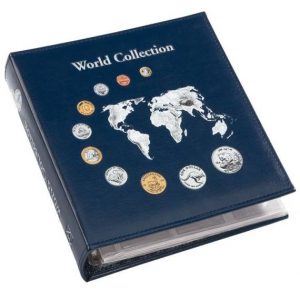 Many numismatists with a sense of satisfaction recall the old days, when doing coin collecting, they could buy coin albums in almost any store in the country, which over time filled with new and new copies. As for the present, it is quite difficult to buy really good coin albums. This is due to the fact that in stores more and more fakes appear that quickly deteriorate and tear. In general, coin collectors believe that the best albums for coins are albums in which at least two hundred coins are placed, since, firstly, it saves the problem of storing such albums, and secondly, it saves money that can be spent on same purchase of coins. In addition, the album should be of high quality, be durable and have a beautiful appearance, so that each time you use or view it, you should feel additional joy and spiritual satisfaction. Continue reading
Many numismatists with a sense of satisfaction recall the old days, when doing coin collecting, they could buy coin albums in almost any store in the country, which over time filled with new and new copies. As for the present, it is quite difficult to buy really good coin albums. This is due to the fact that in stores more and more fakes appear that quickly deteriorate and tear. In general, coin collectors believe that the best albums for coins are albums in which at least two hundred coins are placed, since, firstly, it saves the problem of storing such albums, and secondly, it saves money that can be spent on same purchase of coins. In addition, the album should be of high quality, be durable and have a beautiful appearance, so that each time you use or view it, you should feel additional joy and spiritual satisfaction. Continue reading
Cleaning of old coins
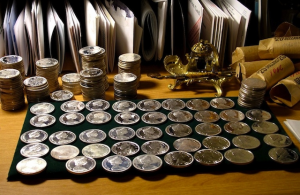 The purpose of this message is to acquaint interested readers with the most simple and safe methods of cleaning coins, which the author can recommend based on his many years of experience in the restoration of an archaeological metal at the State Hermitage Museum. Clearing coins is one of the crucial types of restoration, it is important for their study, dating, identification and storage. Ancient coins made of silver and copper alloys, found in treasures or in other archaeological excavations, most often enter the restoration workshop highly corroded, and sometimes completely mineralized. Under the action of water and salts, copper is destroyed in the soil to form green carbonates and chlorides, red cuprous oxide and black oxide. Continue reading
The purpose of this message is to acquaint interested readers with the most simple and safe methods of cleaning coins, which the author can recommend based on his many years of experience in the restoration of an archaeological metal at the State Hermitage Museum. Clearing coins is one of the crucial types of restoration, it is important for their study, dating, identification and storage. Ancient coins made of silver and copper alloys, found in treasures or in other archaeological excavations, most often enter the restoration workshop highly corroded, and sometimes completely mineralized. Under the action of water and salts, copper is destroyed in the soil to form green carbonates and chlorides, red cuprous oxide and black oxide. Continue reading
